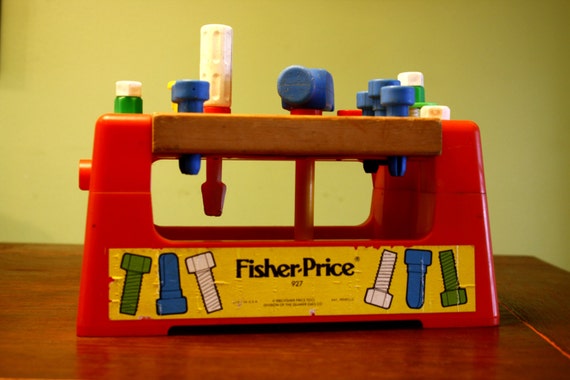This blog originates from zone 6b, designated as such on the United States Department of Agriculture hardiness zone map. First devised in 1960 to explain the effects of variations in climate across the country for growing plants, the USDA map describes the hardiness of plants for zones 1 through 13, from Alaska to Puerto Rico.
Defining hardiness as a function of average temperature ranges, hardiness zones help a farmer/gardener select plants that will thrive in their region. The speech-language pathology community that is involved in gardening, as part of its clinical mission, knows that peers who share about gardening may sometimes compare apples and oranges, but - how do they find a fresh apple or orange in October? Let's look briefly around the nation to see what a gardener can do during this month.
*Duluth, Minnesota - In the north central lake country, Duluth is a landmark for those traveling the Mississippi.
It lies within hardiness zone 3. Most of the Duluth area's 31 Farmer's Markets are closing for the season. Apples come from the market area of St. Louis, Carlton and Lake counties. St. Louis County, of which Duluth is the county seat, has its extension office in the courthouse building. Three miles away is the Pierce Speech, Language and Hearing Clinic, at the University of Minnesota - Duluth.
The home gardens in the Duluth area are still harvesting: beets, broccoli, cabbage, carrot, celery, cucumber, garlic, kale, leek, lettuce, melon, okra, onion, peas, peppers, potato, pumpkin, radish, spinach, squash, chard, tomato, and watermelon.The price of an apple ranges from 77 cents per pound of Braeburns, to 1.99 for a pound of Gaia or Fuji.
*Hayward, California - the East Bay area keeps average temperatures significantly higher than Duluth, as Hayward is within hardiness zone 10.
October in the East Bay brings not only harvest of the plants available from the Duluth area, but also plantings of beans, Brussels sprouts, cauliflower, leeks, and parsnips. California State University, East Bay, has its Norma S. and Ray R. Rees Speech-Language and Hearing Clinic, within the Music Building on campus.
14 miles away is the local office of University of California Cooperative Extension, in Alameda. A trip of 2.5 miles from the University brings you to the Hayward Farmers Market. It is open year round.
Granny Smith apples are 99 cents per pound, honey crisp are 1.48.
*Barrow, Alaska - In zone 2b, Barrow seems on the surface the type of locale farthest removed from areas of the country that garden. To be exact, the distance from Barrow to Hayward CA is 2632 miles; from Barrow to Duluth, 2693 miles.
But, recently emerging on the North Slope of Alaska at Ilisagvik College, is one site for "arctic gardening", where outdoor barriers such as cold frames can insulate seedlings and transplants against the cold.
Ilisagvik College does not have a speech, language and hearing clinic. The Old Farmer's Almanac, source for the planting information in this post, says that crops that are easiest grown in the Barrow area are lettuce, radish, spinach and chard. Farmers Markets in Barrow? No, not yet, but the college may find itself its parent.
A pound of honeycrisp apples in local markets goes for 3.97.
*Columbus, Ohio - USDA hardiness zone 7 surrounds the home of the Ohio State Buckeyes. Its speech, language and hearing clinic is housed within Pressey Hall on campus. Beekman Park surrounds the clinic on its north face. 0.6 miles away is the OSU Extension office, within the Ag Administration Building.
Up to 12 Farmers' Markets can be found around the city, with closing dates through early December. OSU also has a Department of Horticulture and Crop Science, where new horticulturists are born. In October, the harvest in Columbus includes beans, beets, broccoli, cabbage, carrot, cauliflower, celery, corn, cucumber, eggplant, garlic, kale, leek, lettuce, melon, okra, onion, peas, peppers, potatoes, pumpkin, radish, spinach, squash, sweet potato, chard, tomato and watermelon. And, at apple harvest time? Macintosh apples are at 88 cents per pound.

There are many similarities in garden seasons and commodity prices, across the USDA hardiness zones. Careful breeding of plant varieties and the well-run national marketing of produce product helps keep food prices low, and fruit/vegetable varieties easy to grow across the zones. Speech-language pathologists who include gardening in their clinical armamentaria, will have lots of opportunities to share their clinical findings with peers across the country.
The differences among zones are as intriguing as their similarities, for the variety of clinical outcomes one might achieve with a clinical gardening program. They have yet to be explored, to determine their full efficacy.What will future SLP clinicians accomplish toward this end? The future is ripe for picking.

















